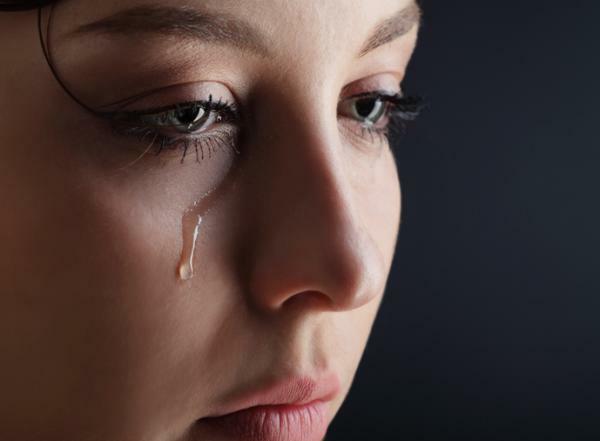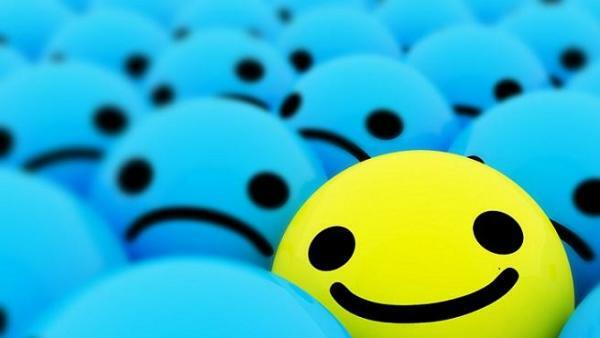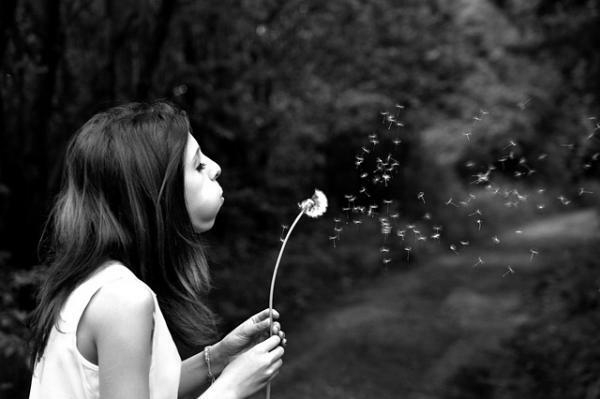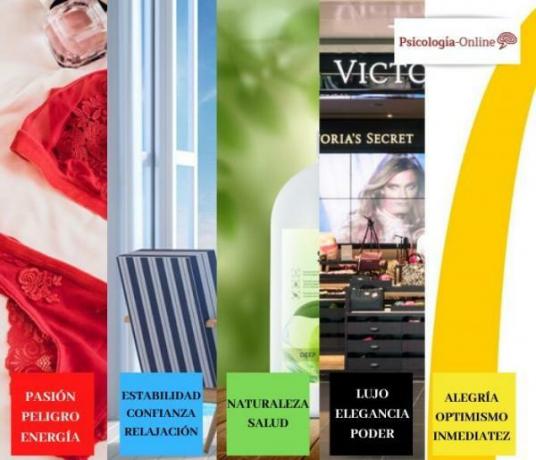
Have you ever heard about the psychology of color but don't know what it is? Do you think it is interesting to know how to apply it or its uses? In this Psychology-Online article we explain what we mean when we talk about color psychology, what is it for and how you can expand your knowledge on the subject so that it is positive in your life.
Index
- What is the psychology of color?
- Principles of color psychology
- Meaning of colors in psychology
- Meaning of the color red in psychology
- Psychology of the color blue
- Meaning of the color black
- Green color psychology
- Meaning of the color yellow in psychology
What is the psychology of color?
The study of colors on emotional effects that they provoke in individuals is what we call the color psychology. We perceive colors through our sensory system, so each person can perceive them differently, that is, subjectively. But although there are individual differences by perception, we have cultural codes that give specific symbolisms and meanings to each color. Within the psychology of color, the qualities of colors are taken into account, both for sensory and cultural impact.
Not only is the study of the color itself important, but also the shades and color range of these, taking into account the effect it causes on humans and its perception according to its density and how it relates to emotions.
Principles of color psychology.
Although the psychology of color seems something new, it is something that goes back to times past. The first book on record isTheory of color Goethe written in 1810, where he made a deep reflection on the perception of colors and the implications they had on our mental mechanisms and perceptions of our surroundings. Here you will find the relationship between the psychology of colors and personality.
Later Eva Heller, based on Goethe's theories and after conducting various studies he wrote Psychology of color: how colors act on feelings and reason. Where the impact of colors on our emotions and their subjectivity in human behavior is further analyzed.
Based on the implication of colors in our perception of the world and the evocation of emotions, this has made the study of color psychology an ever-growing field, as it has become a commercial handling tool, using the desires and emotional needs of consumers as an advertising claim.
In the British documentary, The Century of the Self (The Century of the I), made 2002 by Adam Curtis, explains how marketing has used, and continues to use, psychology and the study of behavior intrinsic human benefit, for a social manipulation and the maintenance of consumerism through the low emotional knowledge of the users. Here you will find more information about the application of the psychology of color in marketing and advertising.
Meaning of colors in psychology.
As already seen, each color has a different implication depending on the individual, culture, age, even personal experiences. Still, we will do a little review of the main characteristics and meanings of the most common colors according to color psychology.
Meaning of the color red in psychology.
The Red color it is one of the most intense colors, this makes us evoke sensations quickly when observing it, thus calling our attention. In some advertisements, red is used as a point of attention in messages of immediacy, such as, offers last minute or discounts. We can also see how the emotion or action is usually used in white that is intended to evoke on a red background, to increase its effectiveness, such as "now", "happiness", "sales", and so on.
At a psychological / cultural level, red is associated with passion, danger and energy. This color is linked to the increased appetiteThat is why many fast food brands use it in their logos or even in the design of their premises. In the same way that it awakens intense emotions, red is a color that creates uneasiness when we are subjected to its influence during a long period of exposure, also from there That many designs of fast food outlets use this color, thus ensuring that people do not spend more time than necessary in the establishment and the flow of customers is constant.
It is advisable not to use red in the design of our home, as it encourages the intensity of our emotions, interfering with the relaxation or rest we seek when we get home. If you like this color on a decorative level, use small details, in pictures, fabrics, cushions or other elements of your home on warm and more neutral colors.
Psychology of the color blue.
The color blue is usually related to stability, balance, harmony, confidence, relaxationAlthough it can also evoke feelings of coldness, detachment and apathy. Normally, companies use this color for details such as canopies, guarantee or quality certificates, taking advantage of the confidence that this tonality can awaken.
On a cultural level the color blue has a great weight since it is associated with everything that has to do with the masculine, although this is not a direct evocation color, the conceptual charge that this color has makes our knowledge of the world, at least in the Western world, connect us with the image of "man".
In decoration, blue is a good color to give fluidity, spaciousness and freshness to a space, as long as a not too intense tone is used, for example blue is used a lot in places near the beach, restaurants, hotels or coastal shops, taking advantage of the connection of tonality with the sea and how this makes us feel on vacation or in a place of break.
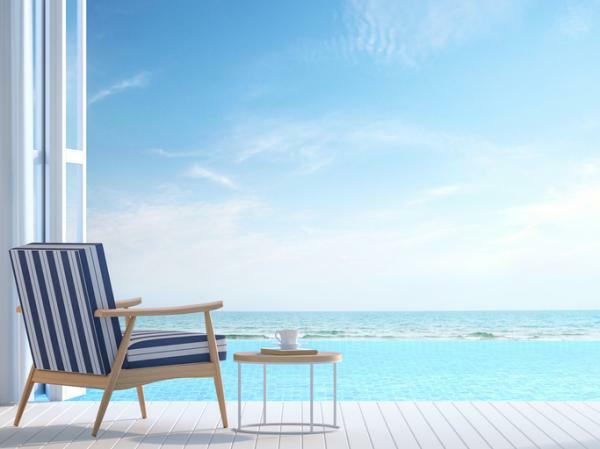
Meaning of the color black.
The black color It is one of the most used in the psychology of color when it is intended to highlight an object or product as "exclusive" or "luxury". A symbolism has been created with elegance, power and sophisticationAlthough it also has its opposite, it can connect with emotions such as anger, sadness and the feeling of mystery, which can be unpleasant for some people.
One of the complications of black is the combination with other colors, being a aggressive color it is complicated to combine, since in marketing or advertising it is necessary not to collapse the observer. For this reason, one of the greatest combinations that we find is black with gold or silver, these two colors when considered also as luxury and sophistication they create the perfect cohesion, giving greater impact to the emotion that is sought and highlighting the product, the brand, etc.
In interior decoration, black is a very risky color and not recommended, although it may evoke elegance in a room, we must not forget that it is related to anger and aggressive feelings, making the place little pleasant. If what you are looking for is the touch of elegance, it can be decorated with details in black color combining it with gold or silver, also with a very subtle pastel color to give a touch more personalized.
On a cultural level, at least in western culture, black is related to death, mourning or lossAlthough the color itself evokes feelings of anger on a psychological level, it is likely that it can connect with feelings of pain, frustration or agony due to the great cultural load that it entails.
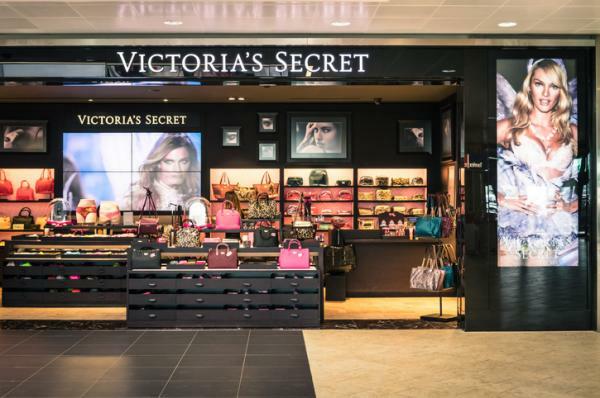
Green color psychology.
The green color it's related to health, natural and growth. Being the main color of plants and nature, this color in any brand, for example, food makes us feel safe or confident about that product, since our brain relates the natural with the food that we are going to consume.
Worrying and caring for health are directly related unconsciously to eating and eating. environment where we live, so our mind will tend to choose consumer products that evoke this search for what healthy.
In decoration, green can be a relaxing color according to its tonality, but it is advisable not to use it on walls or at least not on all of them.
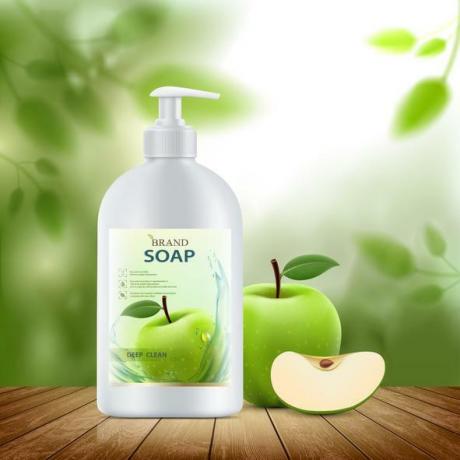
Meaning of the color yellow in psychology.
The yellow color in psychology it is related to light, happiness, optimism, also with nature. Depending on the tonality, it can be seen as a color of warning or create mistrust. Shades of yellow that are too intense are used in fast food or express service establishments in the same way as red, creating a sense of immediacy. Yellow can be a good color for decorative elements in your home, as they highlight the small details giving joy and freshness to the environment.
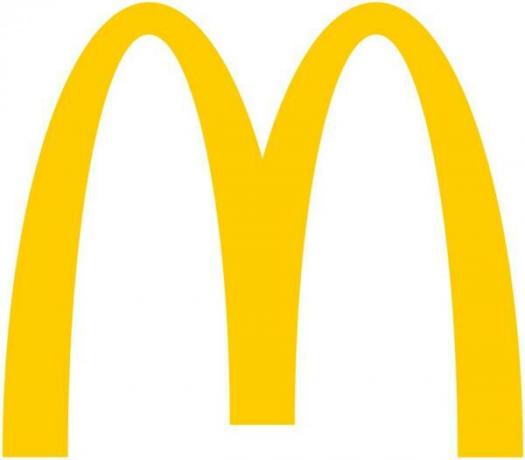
This article is merely informative, in Psychology-Online we do not have the power to make a diagnosis or recommend a treatment. We invite you to go to a psychologist to treat your particular case.
If you want to read more articles similar to What is color psychology and what is it for?, we recommend that you enter our category of Emotions.
Bibliography
- Dooley, R. (2015). Brainfluence. Mexico. Active Company.
- Heller, E. (2004). Psychology ofcolor: how colors act on feelings and reason. Barcelona. Gustavo Gili.
- Misiego, F. (2013) Do you buy with your heart or your brain?. Bogota Editions of the U.
